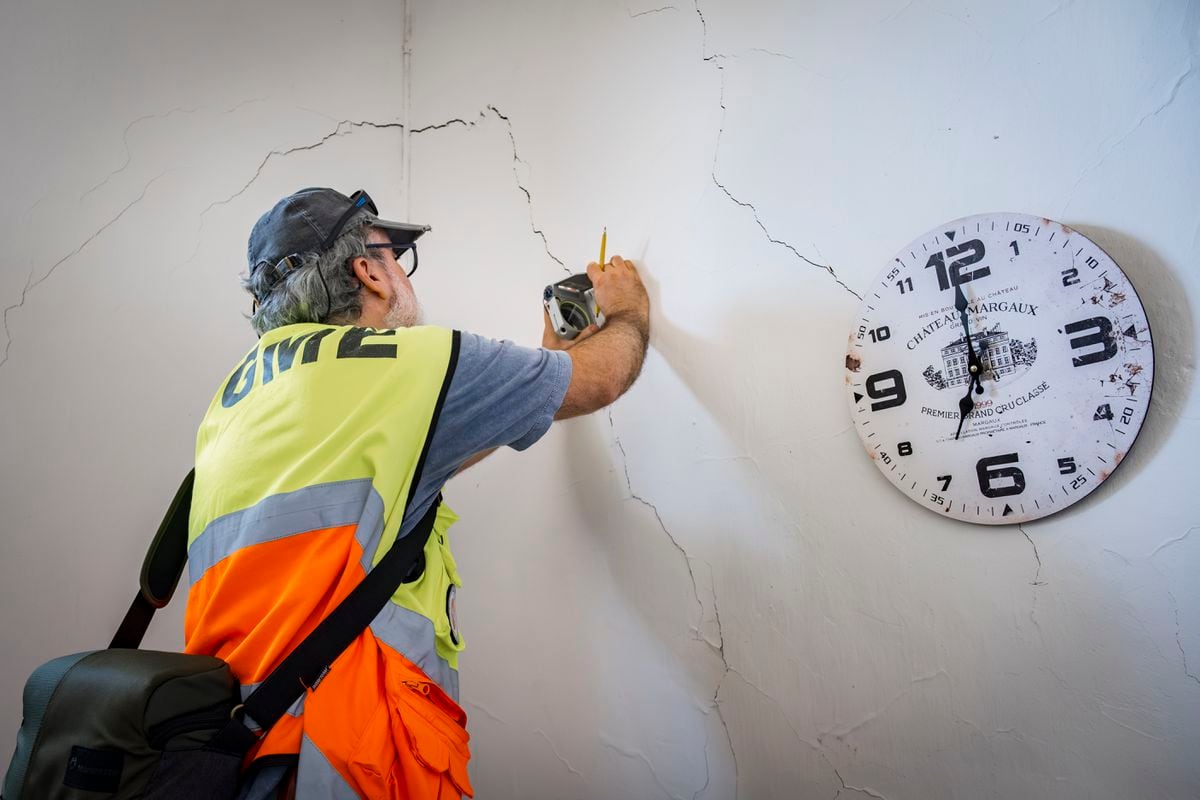The La Palma volcano has ceased all its activity this Tuesday night. "It does not emit lava, nor sulfur dioxide, nor does it register any sign of tremor or seismicity," confirmed sources from the National Geographic Institute (IGN). These sources consider it "unlikely", although not entirely ruled out, that it will resume the activity. Therefore, sources from the Volcanic Emergency Plan of the Canary Islands (Pevolca) have assured that they prefer to wait a few days before certifying their
final
death
. The technical director of Pevolca, Miguel Ángel Morcuende, had already assured in the press conference on Tuesday that the activity of the volcano had fallen to "practically disappear", although they described the situation as "
impasse
”.
Is this the end?
Scientists are cautious when discussing the conclusion of the eruption.
Last Sunday, the volcano registered a rebound in activity in the emission of lava and gases.
The following Monday, all values fell dramatically.
The spokeswoman for the Pevolca Scientific Committee, María José Blanco, recalled then that the tremor in the underwater volcano of El Hierro in 2011, the Tagoro, also had intensification pulses shortly before the eruption died out.
This Wednesday, Pevolca experts will decide how long this period of inactivity must continue to consider that the eruption is over.
The technical director highlighted in the press conference this afternoon, before the signs pointing to the cessation of activity tonight, that the Scientific Committee had concluded that the activity of the volcano was "clearly attenuated". The signs of this less activity were various. As explained at the time, with data from the morning and the day before, the tremor levels - the acoustic signal that causes the magma and gases to rise to the surface - were "practically non-existent", until they barely reached the noise rating of bottom. In addition, seismicity remained at very low levels, both at intermediate depth and at depths greater than 20 kilometers. In turn, there were no signs of deformation due to the absence of pressure from the subsoil.
Regarding the streams, Morcuende pointed out that the lava flow continued from the western base of the cone, especially through volcanic tubes —cavities within the stream—, although with a “very diminished” and “very weakened” flow.
Meanwhile, in the lava delta in the Las Hoyas area (municipality of Tazacorte, in the west of the island), the wash ran over previous lava without new contributions to the sea.
So far the volcano has destroyed 1,646 buildings - 1,318 homes -, 73 kilometers of roads and 369 hectares of crops.
The advance of the lava, which has covered 1,221 hectares of land, has forced the eviction of more than 7,000 people, among whom some 2,300 have lost their homes.
Houses covered by lava in Las Norias, on the island of La Palma.JORGE GUERRERO (AFP)
Caution despite everything
Despite all these observables of a clear decrease in the volcano's activity, the Pevolca technical director stressed the need to "keep waiting" to be able to affirm that the eruption has come to an end, because "the impression can be one and the reality it could be another ”.
He added that the attitude of the Scientific Committee has been "clearly one of prudence, calm and waiting", because "in principle this is going reasonably well, but nothing more."
Moreover, Morcuende himself recalled that in the early hours of this Monday the eruption presented a situation "similar" to that of this Tuesday.
And yesterday, almost unexpectedly, there was "an important pulse, with a significant outflow of lava that came to worry, especially because of its width, which could be estimated at 200 meters at times".
The volcano erupted on September 19.
Its 86 days of life have already made it the longest-lived in the history of La Palma, after overcoming the eruption of Tehuya in 1585. In the classification of the entire Canary Islands it already ties with the Volcán de Tao or del Clerigo, which erupted in Lanzarote for 86 days in 1824;
and the Narices del Teide, in Tenerife (99 days in 1798) and the six years that the eruption in Timanfaya, in Lanzarote in 1730, lasted.





